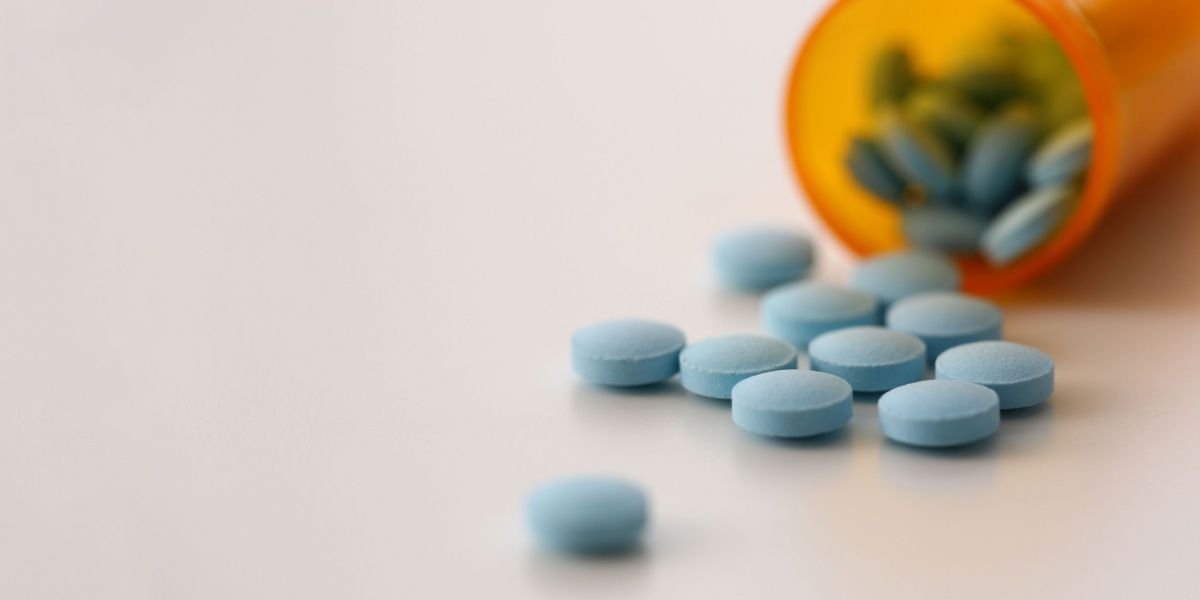Meth use can severely damage your skin, causing open, infected sores through skin-picking, delusions of infestation, immune suppression, toxic sweat, and injection drug use. Seeking treatment to stop using meth and pursuing dermatological remedies can heal and approve the appearance of these lesions but some may scar and leave you with permanent disfigurement.
.jpg?v=1722513552)
What are meth sores?
Meth sores are skin lesions, usually on the face, chest, throat, and hands, that appear following methamphetamine abuse and can be an external marker of addiction.
The lesions may initially appear as pimples or small bites but frequently grow, forming pus-filled blisters, scab, and scar as infection develop and the individual scratches them.[1]
Why does meth damage your skin?
Meth sores develop for several reasons. First, people who abuse meth and cocaine are known to excoriate their skin, a medical term for compulsive and repetitive skin picking. It's believed this happens because these stimulants cause dysregulation in dopamine reward systems, inducing picking.[2]
Heavy, daily meth may also cause formication, the delusional belief that insects are crawling over or under the skin and biting the individual. These imaginary insects are known as “meth mites.” Sometimes the person can even experience visual hallucinations of the insects. Formication leads to repetitive skin scratching and picking, even to the point of breaking open the skin, peeling off scabs, and causing scarring. Around 40% of patients seeking treatment for meth addiction report formication.[3]
Meth can also cause damage to the skin even in the absence of skin picking. Researchers have theorized that meth may suppress the immune system, leading to herpes outbreaks, especially around the mouth, and dermatitis (meth mouth).[4] Meth also restricts blood flow to the skin, reducing the body's ability to fight off infection.
Immune suppression, lack of blood flow, and poor hygiene among meth users can lead to infection of the open wounds caused by skin picking, including absences (an accumulation of pus) and cellulitis from MRSA.[4][5]
Additionally, meth is excreted through the skin as sweat, beginning as early as 2 hours after use and continuing for a week following repeated usage. This toxic sweat can cause further damage to the skin.[6, 7]
Lesions can also develop as a result of the method of using meth. People who smoke meth frequently develop burns around their mouth and chin from overheated pipes and smoke.[5] People who inject meth may develop skin and soft-tissue infections and abscesses at injection sites.[7]
Meth use is also known for causing gray, dry skin.[8]
Treatment for meth sores
The first treatment for meth sores is to stop using meth and to seek treatment for addiction if you’re struggling to do so. Any dermatological treatment will be useless if you continue causing further skin damage through meth use.
The treatment for meth sores is similar to the treatment of other skin wounds and infections. The following medications may be used to promote healing:
- Antibiotics: If the skin sores are infected doctors will prescribe topical antibiotics or, if the infection is severe and widespread enough, systematic antibiotics you ingest.
- Topical anesthetics: If the sores are painful enough or you’re struggling to stop scratching them, topical anesthetics may be useful in the short term for numbing the skin. For example, lidocaine creams can be purchased over the counter.
- Topical steroids: These creams, such as 0.1% triamcinolone cream, can reduce inflammation and irritation.[9]
Meth sore scarring
Some severe and long-lasting meth sores will cause scars, especially if they’ve become infected or you’ve picked off scabs. Some people are also genetically more disposed to develop scars.
Carrying scars of past drug use can be psychologically difficult, especially if they’re on the face. Fortunately, scars often fade over time, with proper wound care, abstinence, and the careful application of sunscreen. Beyond that, you can pursue similar treatments as those used to treat acne scars and other blemishes, including dermabrasion (in which a dermatologist uses a wire brush or wheel to exfoliate the top layer of skin), chemical peels, laser resurfacing, and OTC creams such as vitamin E. Success varies, however.


-blog-detail.jpg?v=1722513508)

-blog-detail.jpg?v=1722513457)